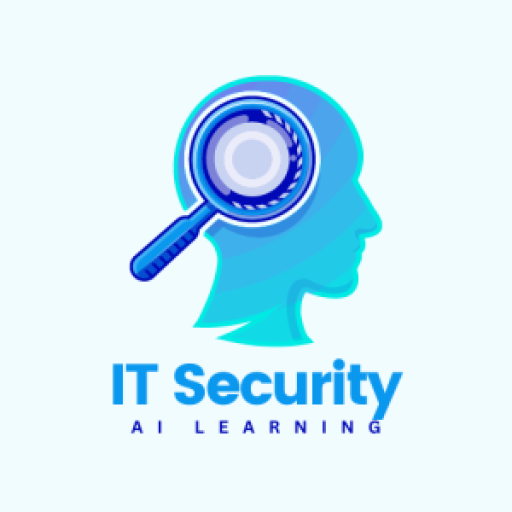- Simplistic Model
- Description: This model assumes that each step in the development process can be completed without the need for rework or revision. It follows a linear sequence where one phase is completed before moving on to the next.
- Key Characteristics:
- Linear Process: No iteration or feedback loop between stages.
- Assumption: Each phase is finalized without needing changes from later stages.
- Limitations:
- Lack of Flexibility: Does not accommodate changes or refinements based on insights gained in later stages.
- Risk of Rework: If issues are discovered later, significant rework may be required, leading to inefficiencies.
- Waterfall Model
- Description: The waterfall model is a linear and sequential approach where each phase must be completed before the next one begins. This model is easy to understand and manage, especially when the requirements are well understood from the beginning.
- Key Characteristics:
- Sequential Phases: System Requirements → Software Requirements → Analysis → Program Design → Coding → Testing → Operations & Maintenance.
- Controlled Rework: Developers may go back only one step if needed; otherwise, the model discourages rework.
- Limitations:
- Inflexibility: Assumes that each phase ends at a specific time, which can be unrealistic in dynamic projects.
- Assumes Perfect Knowledge: Assumes that all requirements are known upfront, which is often not the case in complex projects.
- Waterfall Model with Validation and Verification (V&V)
- Description: This model is a variation of the waterfall model that incorporates validation and verification at each stage. Verification ensures that the product is being built correctly, while validation ensures that the correct product is being built.
- Key Characteristics:
- Verification: Evaluates the product during development to ensure it meets specifications (doing the job right).
- Validation: Ensures that the final product meets real-world requirements and user needs (doing the right job).
- Advantages:
- Quality Assurance: Integrating V&V helps ensure higher quality by catching issues early in the development process.
- Limitations:
- Similar to Waterfall: Shares the same inflexibility and assumptions as the standard waterfall model.
- Spiral Model
- Description: The spiral model combines iterative development (like the incremental model) with the systematic aspects of the waterfall model. It is risk-driven, meaning that it emphasizes identifying and mitigating risks at each iteration.
- Key Characteristics:
- Iterative Process: The development process goes through several iterations or “spirals.”
- Risk Management: Each iteration includes planning, risk analysis, engineering, and evaluation.
- Phases:
- Lower Left (Development Plans): Planning and identifying objectives for the iteration.
- Upper Left (Objectives and Alternatives): Setting objectives and evaluating alternatives.
- Upper Right (Risk Assessment): Assessing alternatives and conducting risk analysis.
- Lower Right (Final Development): Engineering and building the final product for the iteration.
- Axes:
- Angular Axis: Represents progress made in the development process.
- Radial Axis: Represents the cost associated with the project.
- Advantages:
- Risk Mitigation: Focus on risk assessment and mitigation reduces the chances of failure.
- Flexibility: Allows for iterative refinement and adaptation as the project progresses.
- Limitations:
- Complexity: Can be complex to manage and requires careful planning and execution.
- Costly: May be more expensive due to the emphasis on risk analysis and iterative cycles.
- Cleanroom Development
- Description: The cleanroom approach emphasizes defect prevention rather than defect removal. It aims to develop software that is free from defects by ensuring that the code is written correctly the first time.
- Key Characteristics:
- Quality Through Design: Focuses on designing the software correctly from the outset.
- Proving Correctness: Formal methods are used to prove that the software design is correct before implementation begins.
- Advantages:
- High Quality: Results in highly reliable and error-free software.
- Cost-Efficient in Long Run: Reduces the need for extensive testing and debugging later in the development process.
- Limitations:
- Requires Expertise: Demands highly skilled developers and rigorous design and development processes.
- Time-Consuming: The focus on correctness and quality can slow down the development process.
Summary
- Simplistic Model: Linear and inflexible, assumes each phase is final with no need for rework.
- Waterfall Model: A linear, sequential approach with controlled rework; assumes perfect knowledge upfront.
- Waterfall Model with V&V: Adds validation and verification to ensure quality, but shares the same limitations as the waterfall model.
- Spiral Model: Iterative and risk-driven, focuses on risk management and iterative development.
- Cleanroom Development: Emphasizes defect prevention through correct design and formal proofs, leading to high-quality software but requiring significant expertise and time.
These models offer various approaches to software development, each suited to different project types and requirements. Understanding these models helps in selecting the appropriate methodology for a given project, balancing factors like risk, complexity, time, and quality.
